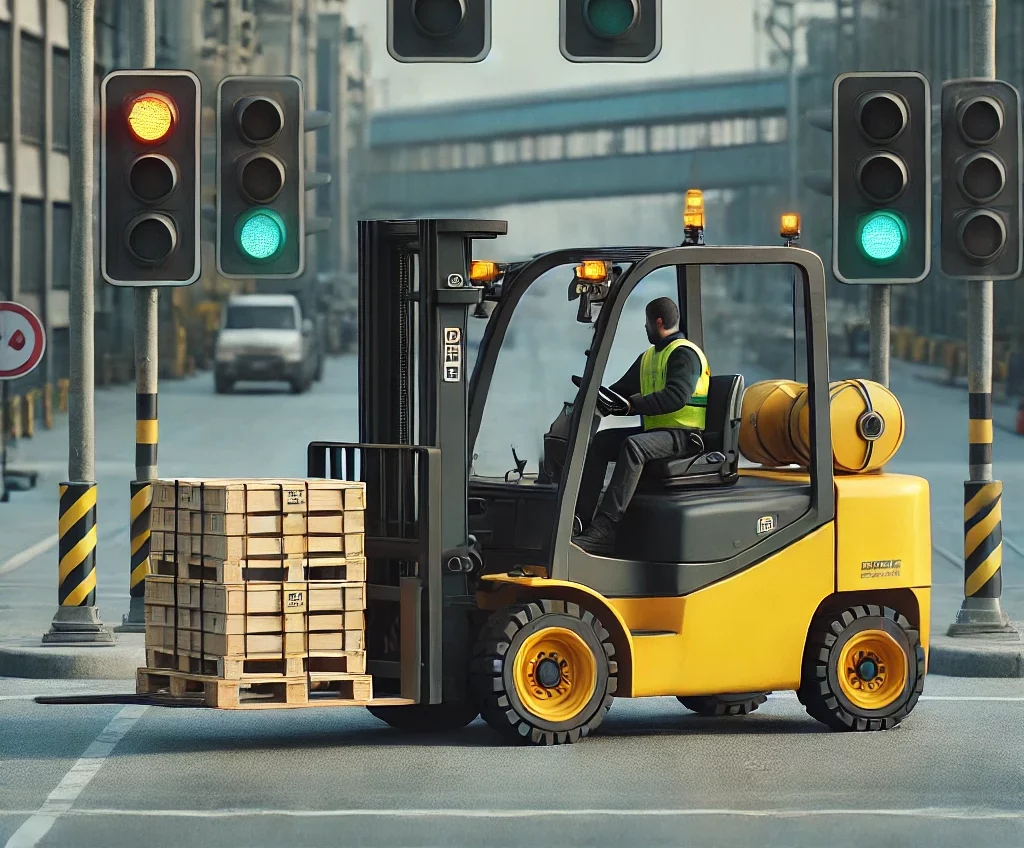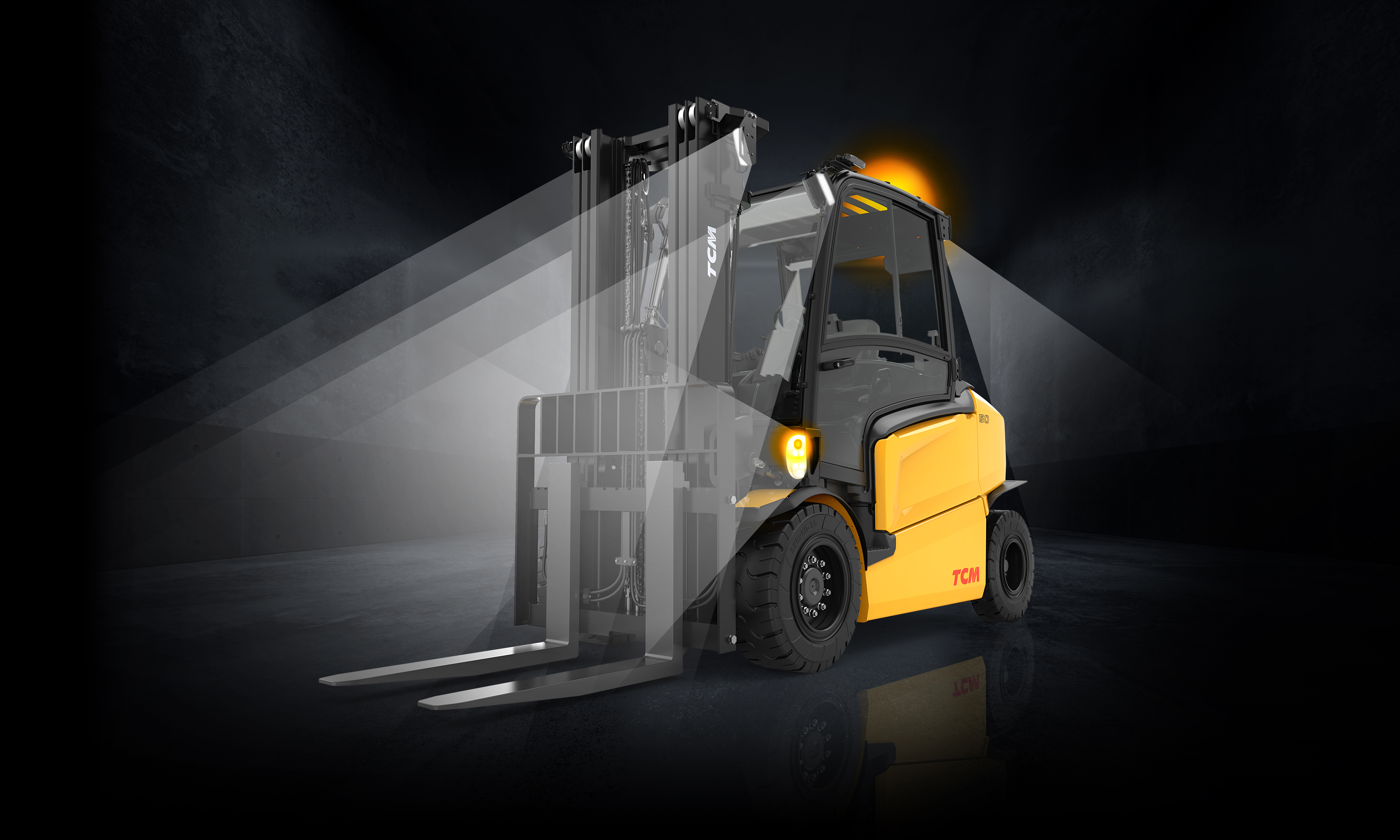Registering your Forklift for Use on the Public Road

Registering a forklift for use on public roads in England involves several important steps to ensure compliance with the law. Below is a comprehensive guide based on current regulations:
1. Registration with the DVLA
2. Insurance and Tax
- Once registered, the forklift must be insured for road use. Additionally, it needs to be taxed. The type of tax will depend on how the forklift is powered (e.g., electric forklifts might fall under a specific tax category). Without these, operating the forklift on public roads is illegal.
3. Display of Registration Plates
- After registration, the forklift must display the appropriate registration plates as per pictured example. This is a requirement for all vehicles used on public roads.

4. Licensing Requirements
- The operator of the forklift must hold a full UK driving license. Moreover, the operator must have passed an appropriate forklift operator course. There are also specific age restrictions depending on the forklift’s weight when fully loaded.
5. Lighting and Safety Modifications
- For forklifts that will be used on public roads, especially those traveling under 25 mph, specific lighting requirements apply. For example, an amber beacon must be fitted to the vehicle. You may want to consider having appropriate lighting such as road lights kits or blue spot saftey Depending on the forklift’s usage and distance traveled, further modifications might be needed to comply with road vehicle regulations.

6. Risk Assessment and Terrain Study
- Before allowing a forklift to operate on a public road, it’s essential to conduct a thorough risk assessment and give due consideration to the terrain. Different types of terrain can significantly affect the forklift’s stability and handling, especially on uneven, sloped, or slippery surfaces. Identifying potential hazards, such as potholes, steep inclines, or debris, is crucial for ensuring safe operation. The risk assessment should also evaluate traffic conditions, visibility, and the suitability of the forklift for the specific environment. By addressing these factors beforehand, you can mitigate risks and ensure both the safety of the operator and the public.
Note: Short-Distance Travel Considerations:
- If the forklift is only going to be used on public roads for short distances (less than 1000 yards), it may be classified as a “work truck,” which could exempt it from some regulations. However, it will still need to be registered and insured, and the operator must have the necessary license and training.
By following these steps, you can ensure that your forklift is legally compliant for use on public roads in England. Always check with the DVLA if you’re unsure about any aspect of the process, as the classification and requirements can vary depending on the specific circumstances of your forklift’s use.
The information provided in this article is intended for general informational purposes only and does not constitute legal advice. While we strive to ensure the accuracy of the information, regulations and laws regarding the registration and operation of forklifts on public roads in England may change. We recommend consulting the official DVLA guidelines or seeking legal counsel to confirm the current requirements and procedures before taking any action. The author and publisher disclaim any liability for any direct, indirect, or consequential loss or damage arising from the use of, or reliance on, this information.


